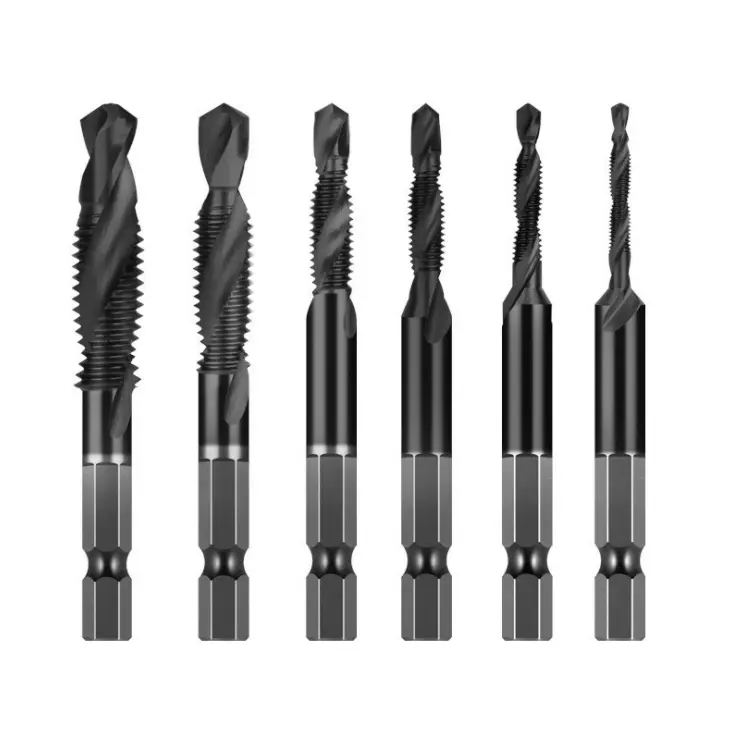For precision engineering and DIY projects, it is essential to understand the tools and techniques for drilling and tapping. Among the various sizes and types of taps, M4 drills and taps stand out as a popular choice for many hobbyists and professionals alike. In this blog, we will explore the importance of M4 drills and taps, how to use them effectively, and some tips to ensure your projects are flawless.
Understanding M4 Drills and Taps
M4 drills and taps refer to a specific metric size, where the "M" refers to the metric thread standard and the "4" refers to the nominal diameter of the screw or bolt in millimeters. M4 screws have a diameter of 4 millimeters and are used in a variety of applications, from assembling furniture to securing components in electronic devices.
When using M4 screws, it is critical to use the correct drill and tap sizes. For M4 screws, a 3.3mm drill bit is typically used to drill the hole before tapping. This ensures that the thread cut is accurate, ensuring a snug fit when the screw is inserted.
The Importance of Correct Technique
The correct use of an M4 drill and tap is essential to achieving a strong and reliable connection. Here is a step-by-step guide to help you with this process:
1. Gather your tools: Before you begin, make sure you have the necessary tools on hand. You will need an M4 tap, a 3.3 mm drill bit, a drill bit, a tap wrench, cutting oil, and a deburring tool.
2. Mark Location: Use a center punch to mark the location where you want to drill. This helps prevent the drill bit from wandering and ensures accuracy.
3. Drilling: Use a 3.3mm drill bit to drill holes at the marked points. Make sure to drill straight and apply constant pressure. If drilling in metal, using cutting oil can help reduce friction and extend the life of the drill bit.
4. Deburring: After drilling, use a deburring tool to remove any sharp edges around the hole. This step is critical to ensure that the tap can enter smoothly without damaging the threads.
5. Tapping: Secure the M4 tap in the tap wrench. Put a few drops of cutting oil on the tap to make cutting smoother. Insert the tap into the hole and turn it clockwise, applying light pressure. After each turn, slightly reverse the tap to break off chips and prevent jamming. Continue this process until the tap has produced threads of the desired depth.
6. Cleaning: Once the tapping is complete, remove the tap and clean any debris from the hole. This will ensure that your M4 screw can be inserted easily.
Tips for Success
- Practice makes perfect: If you are new to drilling and tapping, consider practicing on scrap material before your actual project. This will help you gain confidence and improve your technique.
- Use Quality Tools: Investing in quality drill bits and taps can significantly improve your work efficiency and accuracy. Cheaper tools may wear out quickly or produce poor results.
- Take your time: Rushing through the drilling and tapping process can lead to mistakes. Take your time and make sure each step is completed correctly.
In conclusion
M4 drill bits and taps are invaluable tools for anyone looking to take on DIY projects or precision engineering. By understanding how to use them effectively and following the correct techniques, you can achieve strong, reliable connections in your work. Whether you're assembling furniture, working on electronics, or tackling any other project, mastering M4 drill bits and taps will undoubtedly improve your skills and results. Happy drilling and tapping!
Post time: Dec-30-2024




